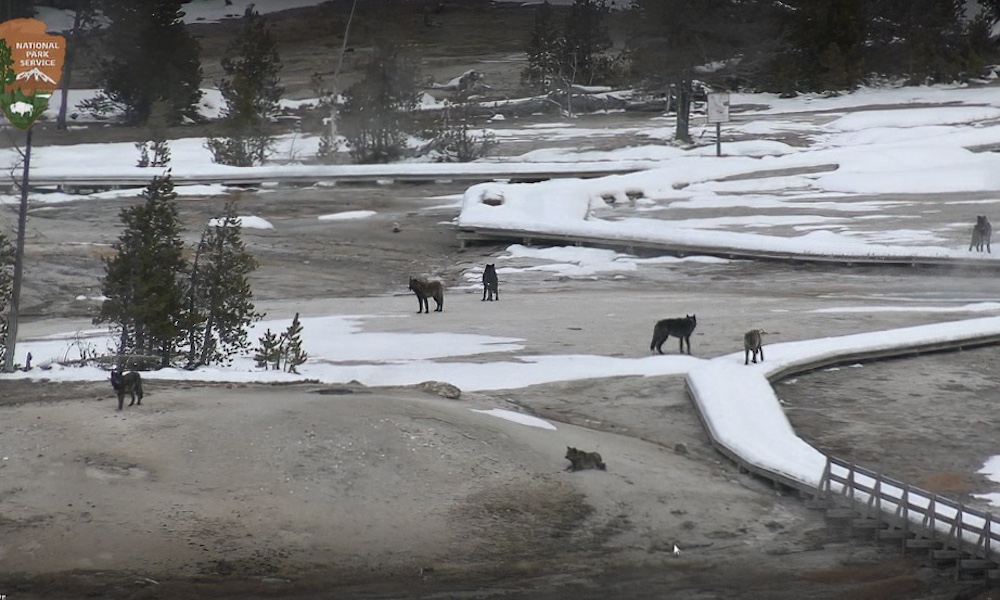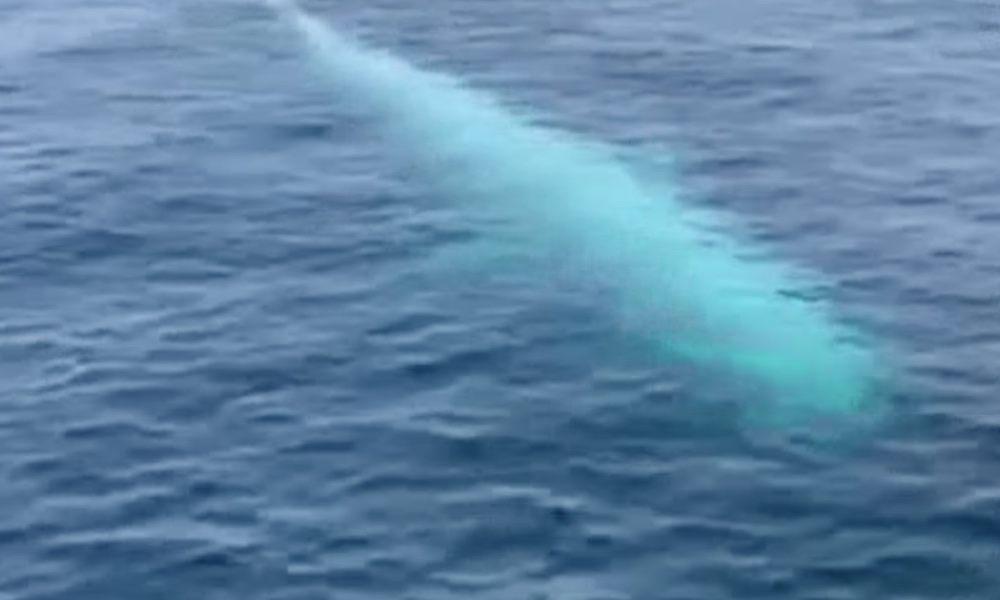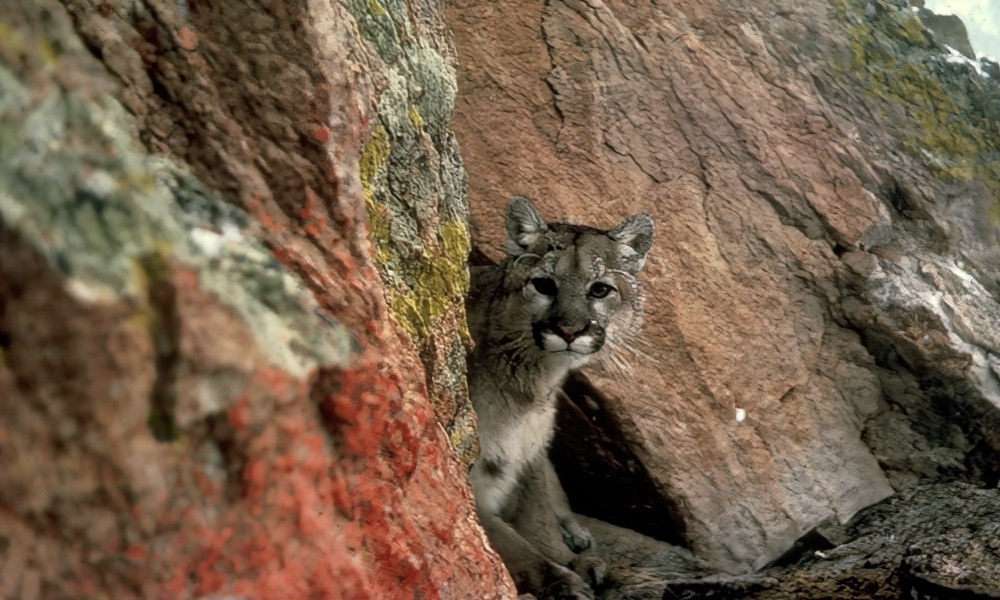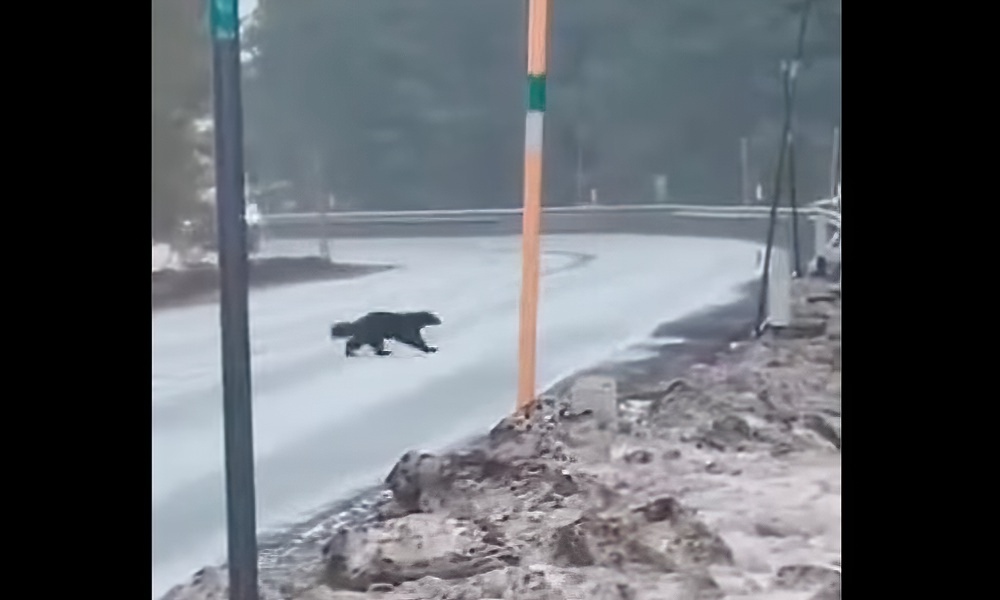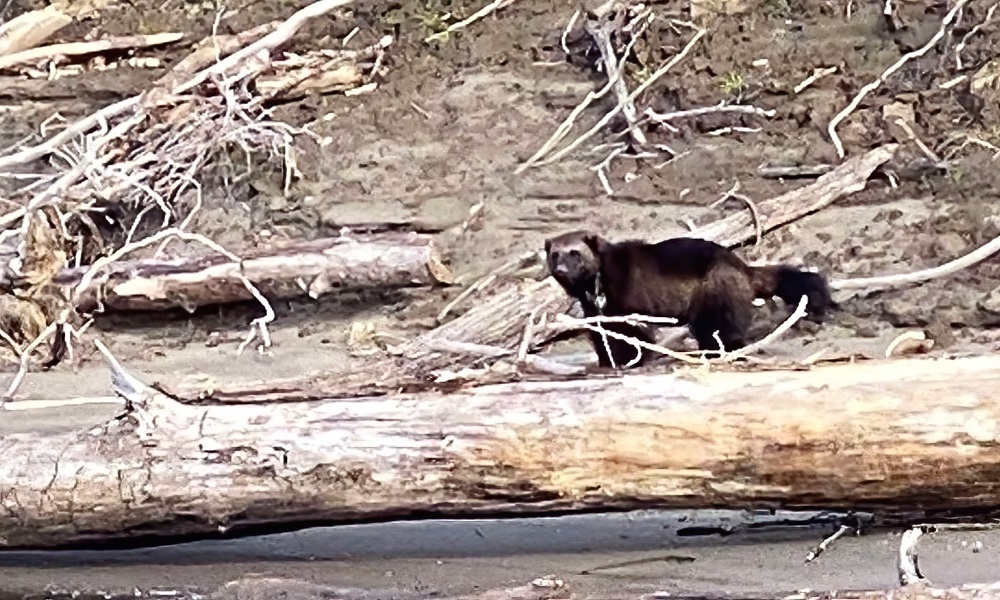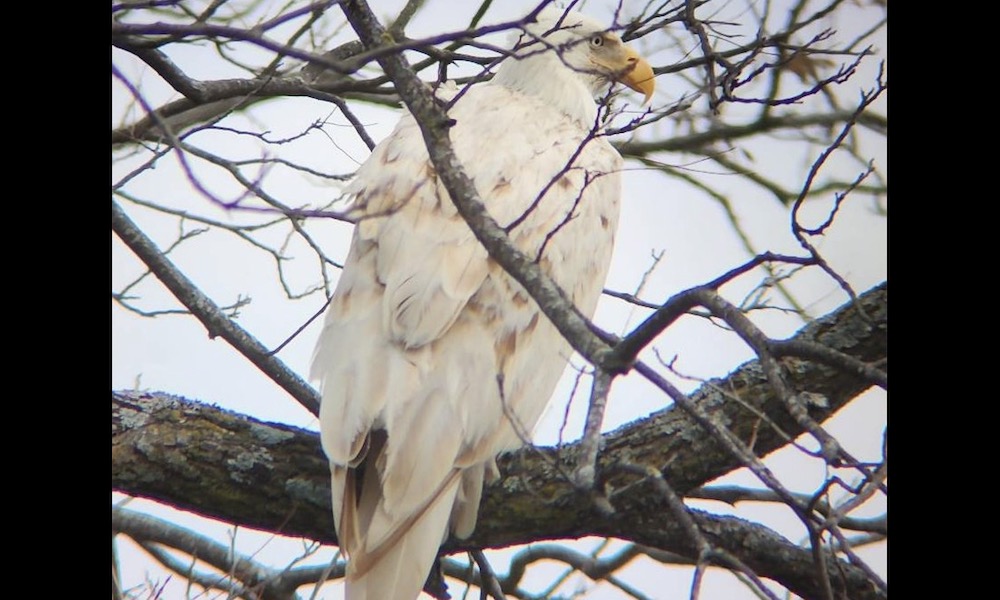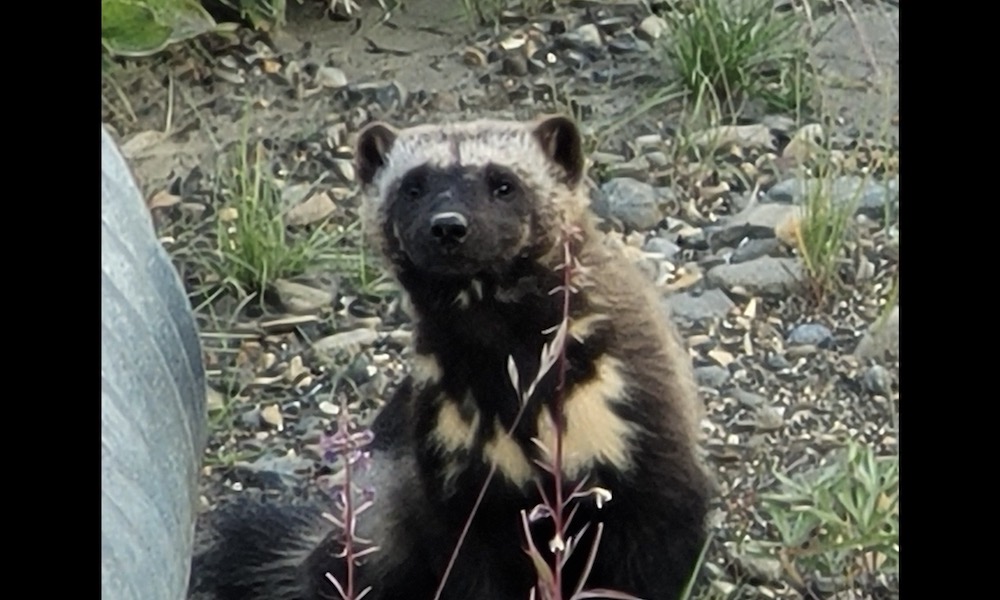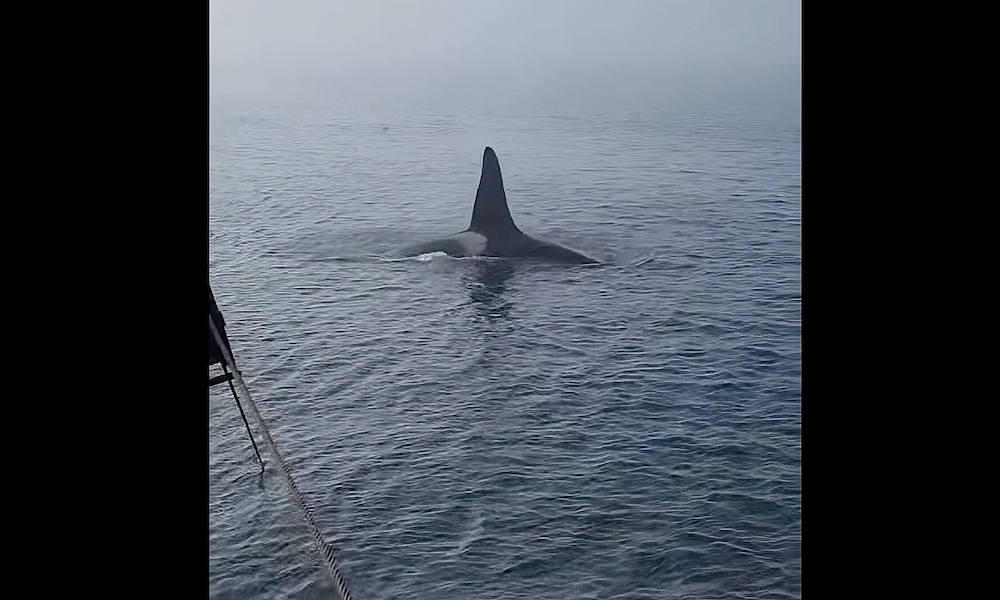Yellowstone National Park fans who tuned into the Old Faithful webcam Thursday morning were thrilled to see wolves strolling across the iconic thermal region.
“What a view this morning!” Yellowstone Forever exclaimed via X. “The webcam captured some incredible footage of the park’s Wapiti wolf pack making its way through the Upper Geyser Basin.”
The webcam footage – rare footage, indeed – shows several wolves on and near the basin’s sprawling boardwalk system. (See footage below.)
What a view this morning as seen through Yellowstone’s Old Faithful live-stream webcam! The webcam captured some incredible footage of the park’s Wapiti wolf pack making its way through the Upper Geyser Basin. The webcam is made possible by our generous partners at @canon. pic.twitter.com/sedDv8coeQ
— ynpforever (@ynpforever) February 23, 2024
A 10-minute version produced by the National Park Service (posted below) shows more extensive exploration by the wolves near Old Faithful and other geysers as steam floats across the wintry landscape.
At times, the wolves are traveling on boardwalks that are crowded with tourists in spring and summer. One wolf is shown near a geyser’s vent, as if savoring its warmth.
A screen shot from the webcam footage was posted on the Yellowstone Insiders Hub Facebook page by Joe Nagel, who exclaimed: “Wolves right now on the Old Faithful webcam!”
One follower joked: “Get. On. The. Boardwalk,” in reference to a park regulation that applies only to human visitors.
Another remarked, “Well, that probably cleared the elk and bison out of the geyser basin.”

Old Faithful is in the southwest portion of the 2.2-million-acre park, which is situated in Wyoming and small portions of Montana and Idaho.
Although wolf sightings can occur anywhere inside the park, the most likely spotting destinations are across the vast northern range.
–Footage courtesy of the National Park Service
